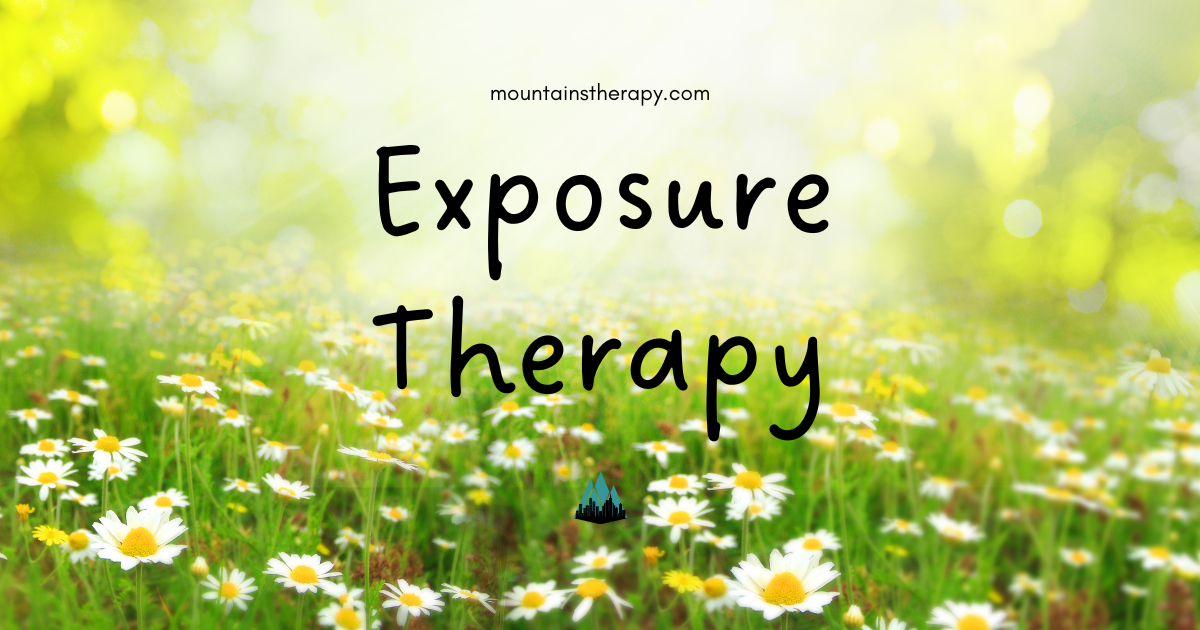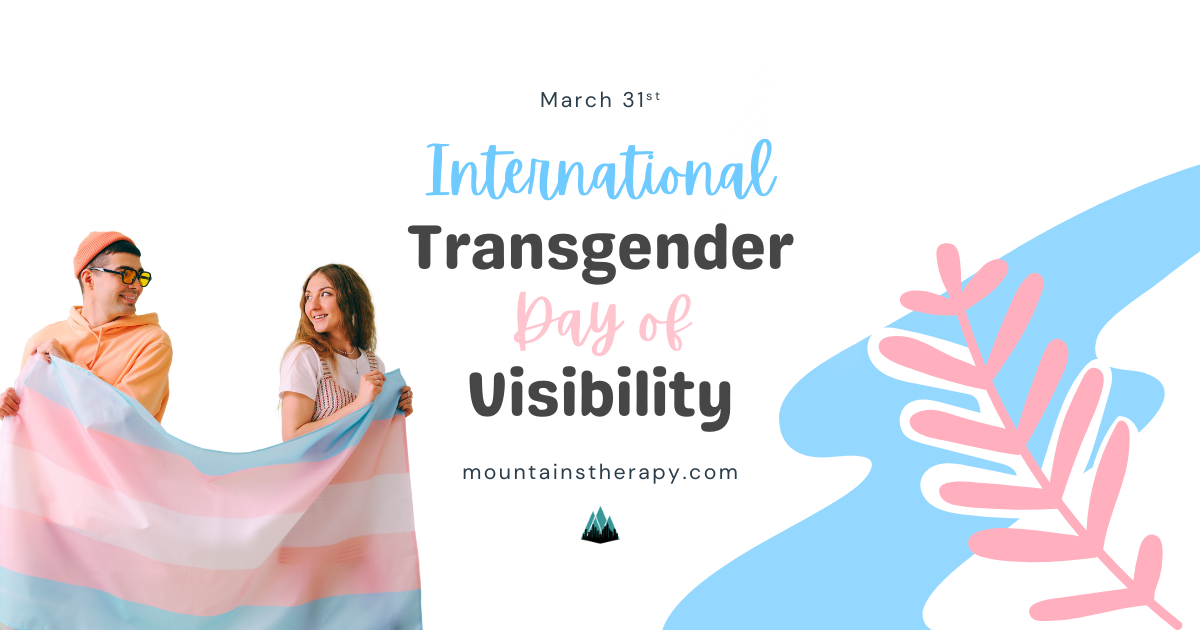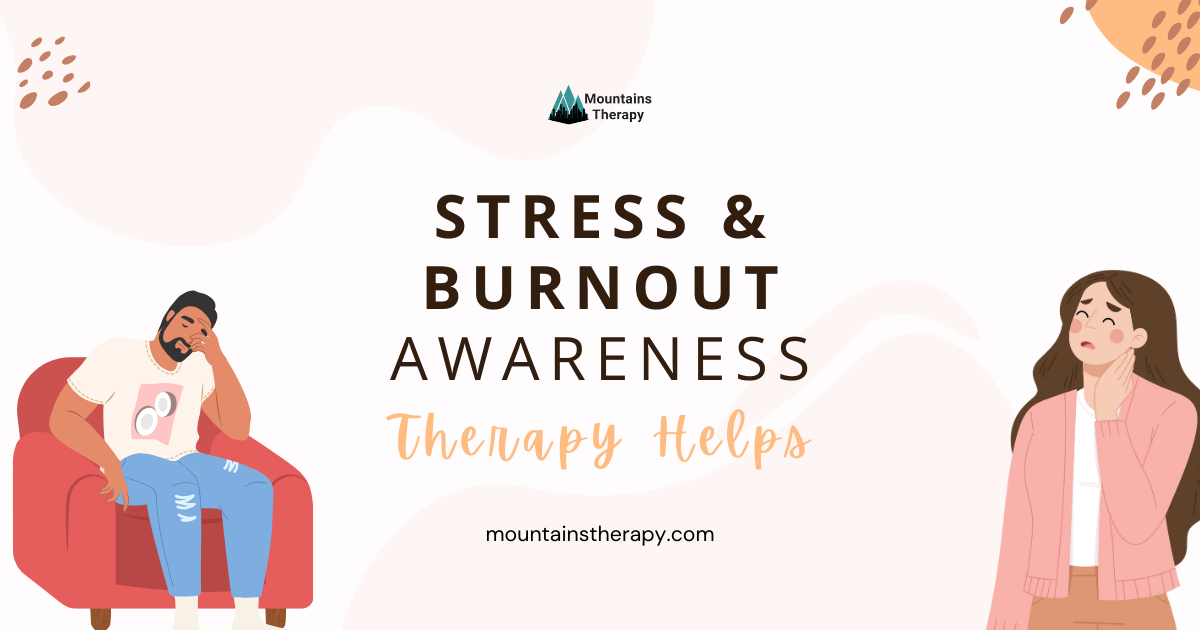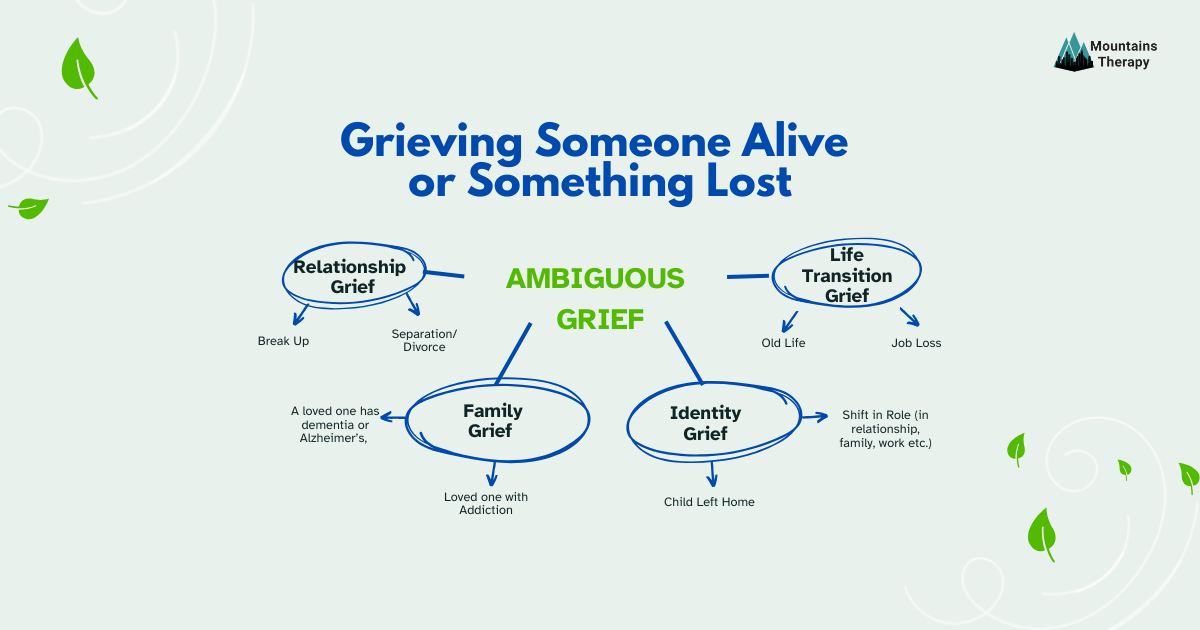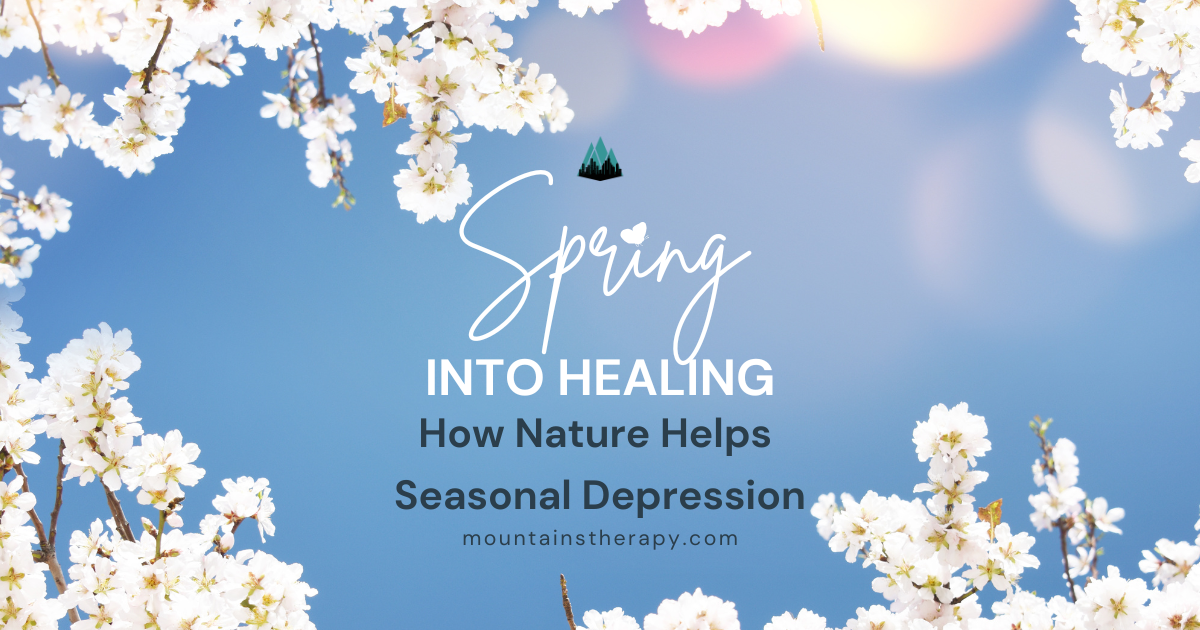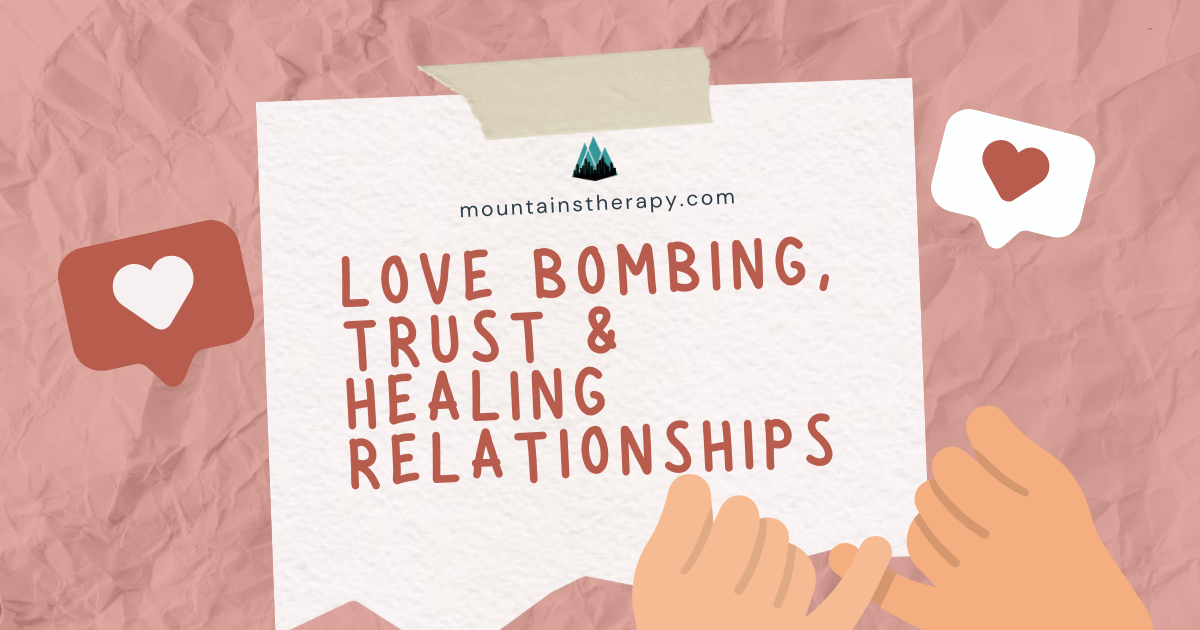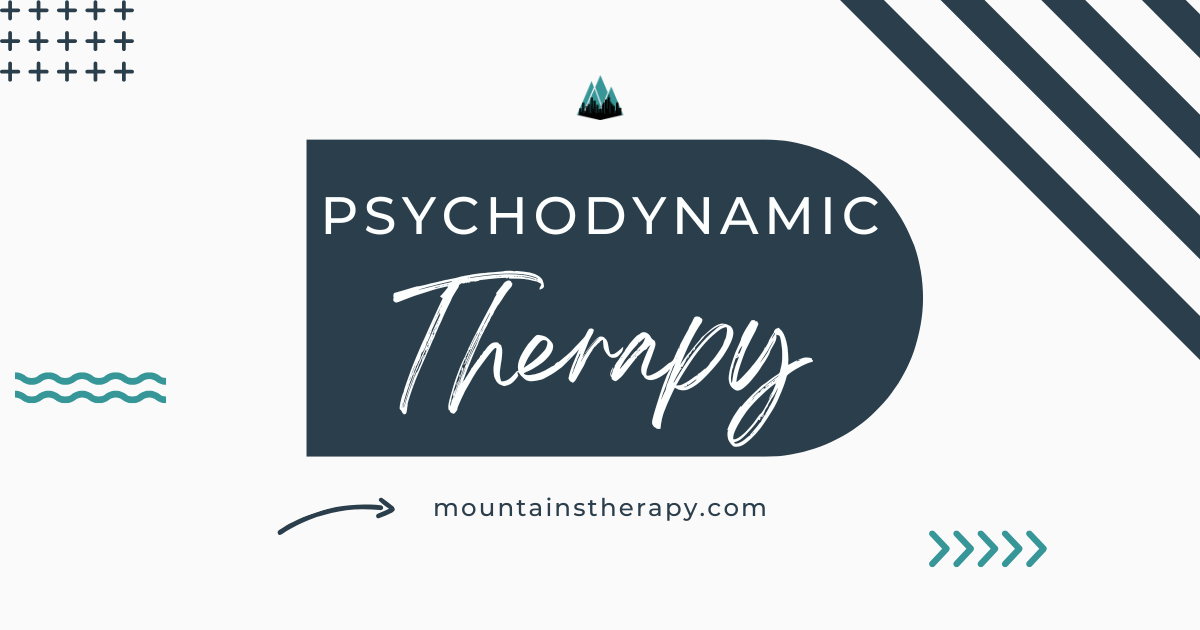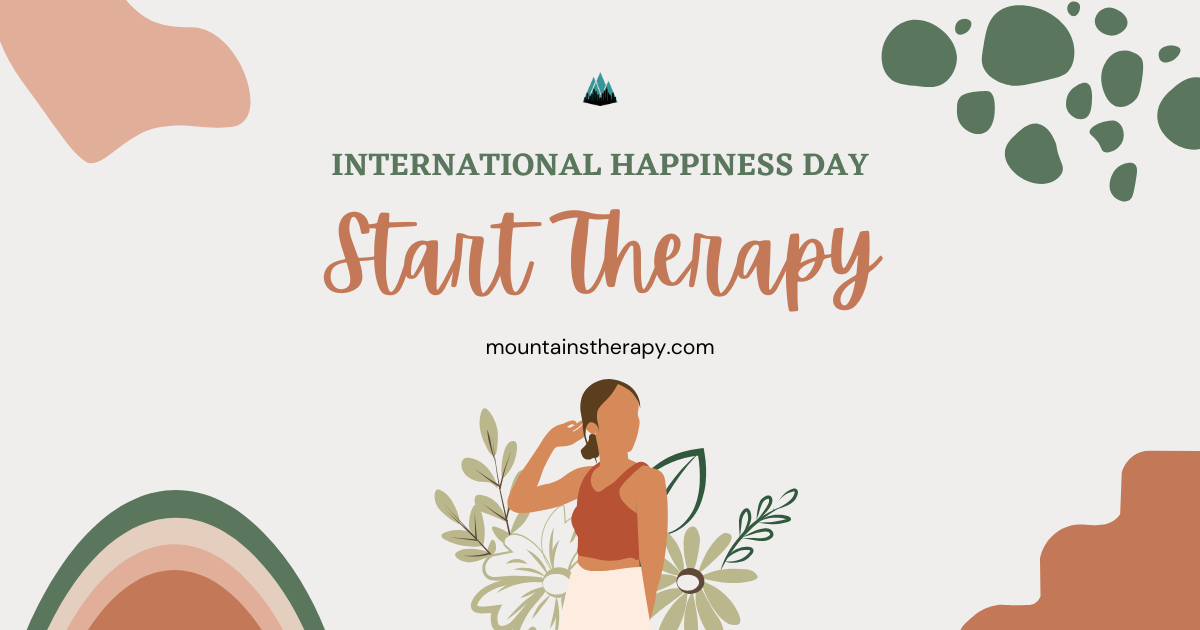Exposure Therapy: How It Works and Who It Helps
Learn more about Exposure Therapy and Individual Therapy.
In This Blog, You’ll Learn:
✅
How exposure therapy works and why it’s effective
✅
Can exposure therapy help anxiety, OCD, PTSD, and phobias?
✅
When does exposure therapy work best and when it might not be recommended
✅
Where can I get exposure therapy and find professional help
✅
New treatments for OCD and other conditions
What Is Exposure Therapy and How Does It Work?
If you've ever struggled with OCD, PTSD, anxiety, or phobias, you may have heard about exposure therapy. But what does exposure therapy do, and why does exposure therapy work so well for so many people? At its core, exposure therapy is a structured, evidence-based treatment that helps people confront their fears in a safe, controlled way. By gradually exposing individuals to their triggers, their brain learns that the fear response is unnecessary—eventually reducing anxiety over time. But some people wonder, "Can exposure therapy make anxiety worse?" The answer is, sometimes—but only temporarily. Anxiety may initially spike when facing fears, but with repeated exposure, distress usually decreases. This is how our brain rewires itself, helping us break free from avoidance behaviors.
How Exposure Therapy Works for Different Conditions
1. How Does Exposure Therapy Work for Anxiety?
- For people with generalized anxiety, social anxiety, or phobias, exposure therapy helps by desensitizing them to their specific triggers. By facing fears instead of avoiding them, their anxiety response weakens over time.
2. How Does Exposure Therapy Work for OCD?
- Can exposure therapy make OCD worse? If done incorrectly or without professional guidance, yes. But when properly structured as Exposure and Response Prevention (ERP), it is one of the most effective treatments for OCD, helping individuals resist compulsions and tolerate uncertainty. Search for OCD therapy near me to see OCD treatment options and OCD therapists
3. How Does Exposure Therapy Work for PTSD?
- Many people ask, "What is exposure therapy for PTSD?" or "Which exposure therapy is the most widely applied technique for treating PTSD?" The answer is Prolonged Exposure (PE) Therapy, a technique where individuals gradually process traumatic memories in a safe environment, reducing distress over time.
4. How Does Exposure Therapy Work for Phobias?
- Fear of flying? Spiders? Public speaking? How does exposure therapy work for phobias? It systematically introduces feared objects or situations in controlled settings, helping the brain rewire its response.
Common Questions About Exposure Therapy
1. When does exposure therapy work best?
- When guided by a trained therapist
- When done consistently over time
- When combined with Cognitive Behavioral Therapy
2. When is exposure therapy not recommended?
- For individuals with severe dissociation or unmanaged trauma
- When exposure is too intense or poorly structured
- When someone has conditions like autism, where avoidance may serve a different purpose (why exposure therapy doesn't work for autistics)
3. When exposure therapy doesn't work, what next?
- If exposure therapy isn’t effective, alternative approaches like Cognitive Behavioral Therapy (CBT), Dialectical Behavior Therapy (DBT), and new treatments for OCD may be more helpful.
A Brief History of Exposure Therapy
Many people wonder, "Who created exposure therapy?" and "Who made exposure therapy?" The technique dates back to the 1950s, when Joseph Wolpe developed Systematic Desensitization—a method of gradually exposing individuals to their fears while using relaxation techniques. So, who created exposure therapy and systematic desensitization? The credit goes to Joseph Wolpe, one of the pioneers of modern behavioral therapy. When was exposure therapy developed? Though concepts of exposure existed earlier, its structured application became popular in the mid-20th century.
Is Exposure Therapy Right for You?
So, who is exposure therapy good for? Who is exposure therapy for? Who can benefit from exposure therapy? This approach is ideal for individuals struggling with: Exposure therapy is ideal for individuals struggling with:
- OCD in a relationship - If you you have obsessive thoughts in relationships, or OCD elated worries about partners.
- PTSD and trauma-related distress- If you are seeking specialized trauma support, therapy for PTSD near me, PTSD treatment near me for trauma-related distress.
- Compulsions and intrusive thoughts - If you are seeking treatment for OCD near me for effective OCD management.
But why is exposure therapy so effective? It helps rewire the brain’s fear response, breaking the cycle of avoidance. However, some wonder, “Can exposure therapy be harmful?” While highly effective, it can be challenging and requires commitment. Working with a trained professional ensures it's done safely and at a pace that supports long-term progress. But why is exposure therapy effective? It directly rewires the brain’s response to fear, breaking the cycle of avoidance. However, some ask, "Why exposure therapy is bad?" While highly effective, it can be challenging and requires commitment.
Finding Help: Where to Get Exposure Therapy
If you’re wondering, "Where can I get exposure therapy?" or "Where to get exposure therapy?", the best place to start is by searching for, therapists near me PTSD, PTSD treatment near me, treatment for OCD near me. At Mountains Therapy, we specialize in Exposure therapy, Cognitive Behavioral Therapy, and other evidence-based treatments to help you regain control over your life. Exposure therapy is one of the most effective ways to treat anxiety, OCD, PTSD, and phobias. While it can feel challenging at first, the long-term benefits are life-changing. If you or a loved one are struggling, reaching out for therapy for PTSD near me or treatment for OCD near me can be the first step toward healing.

